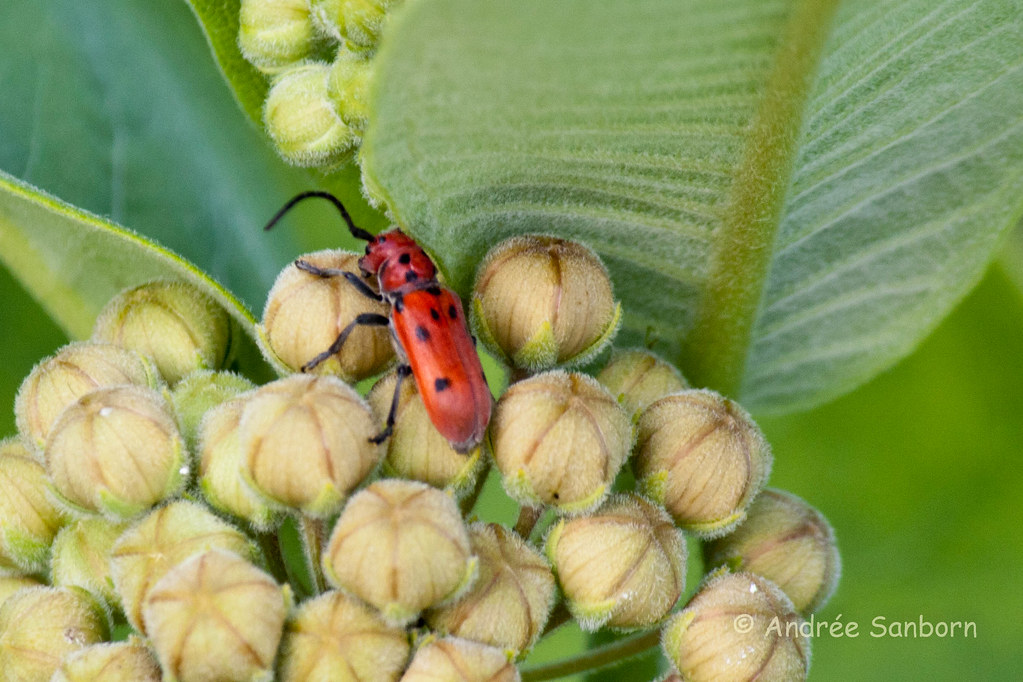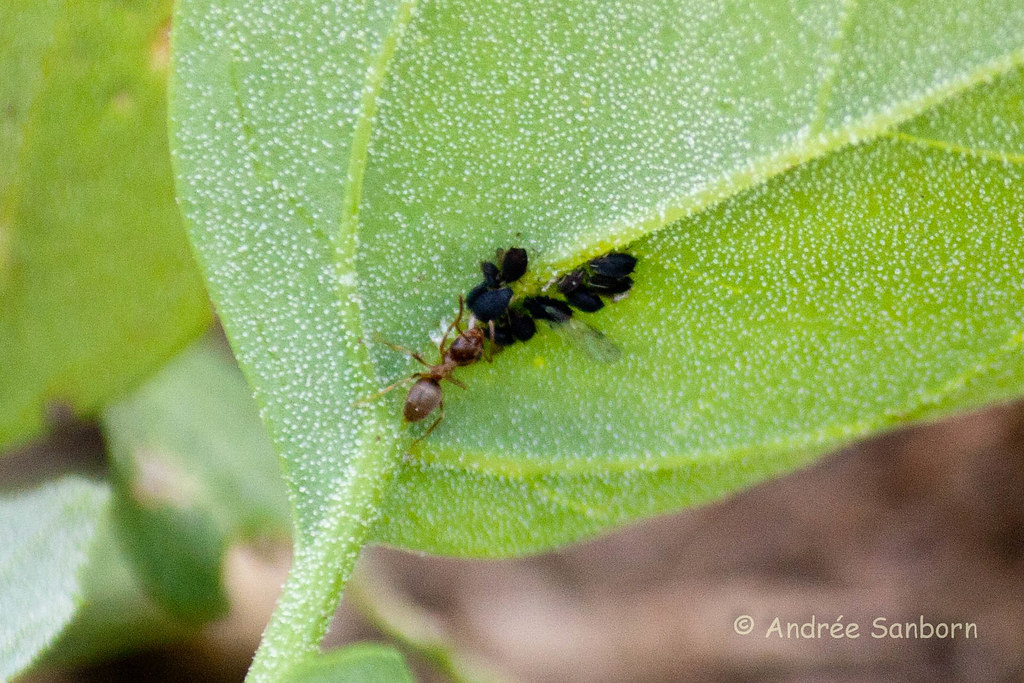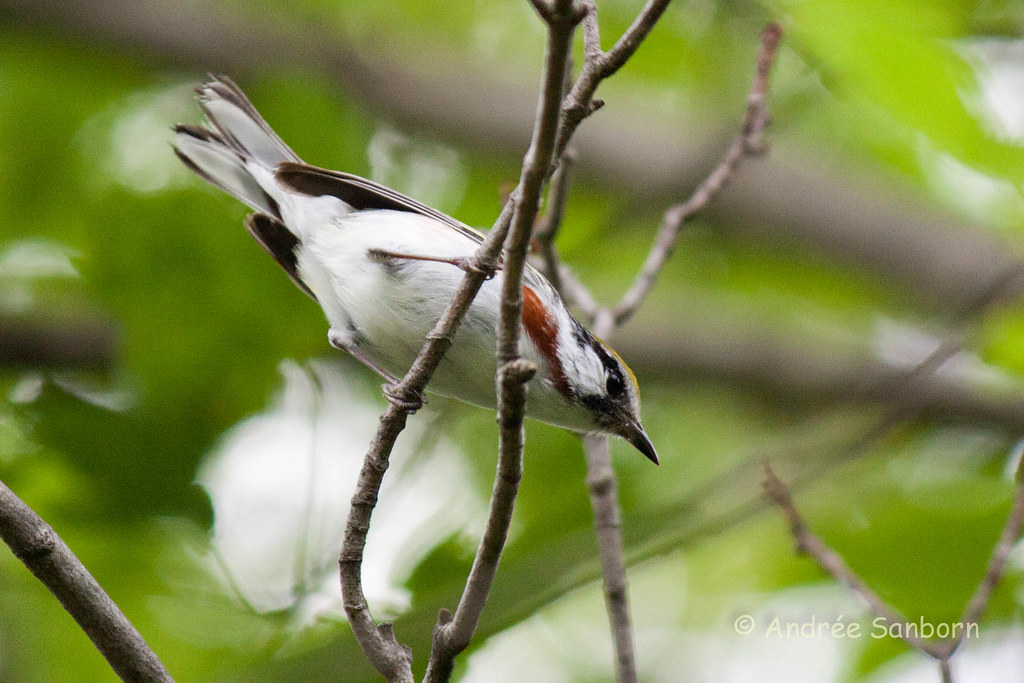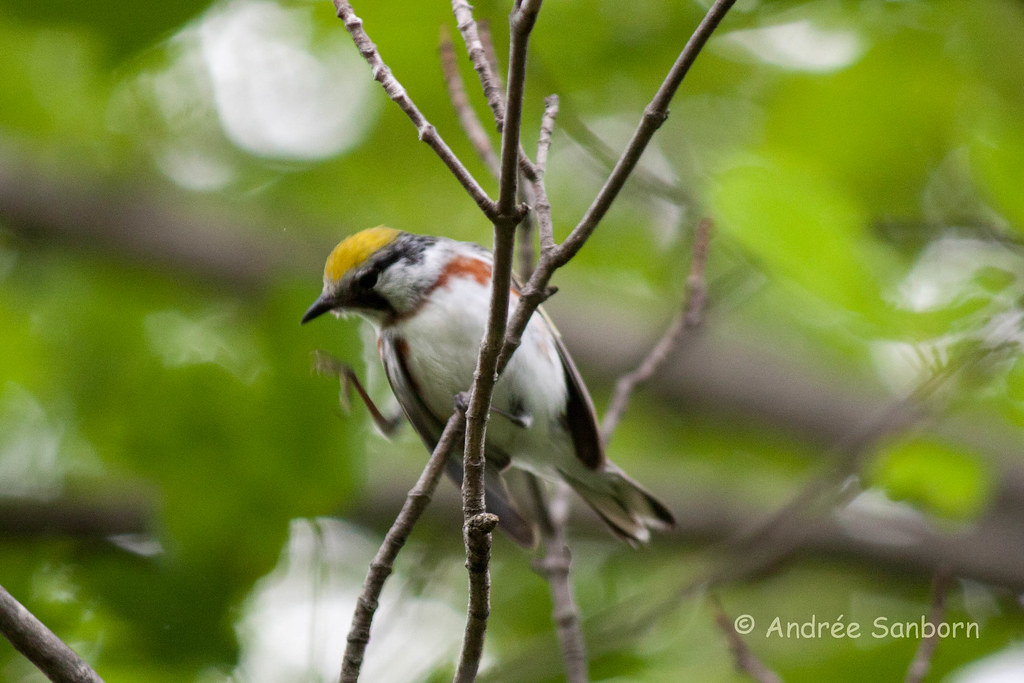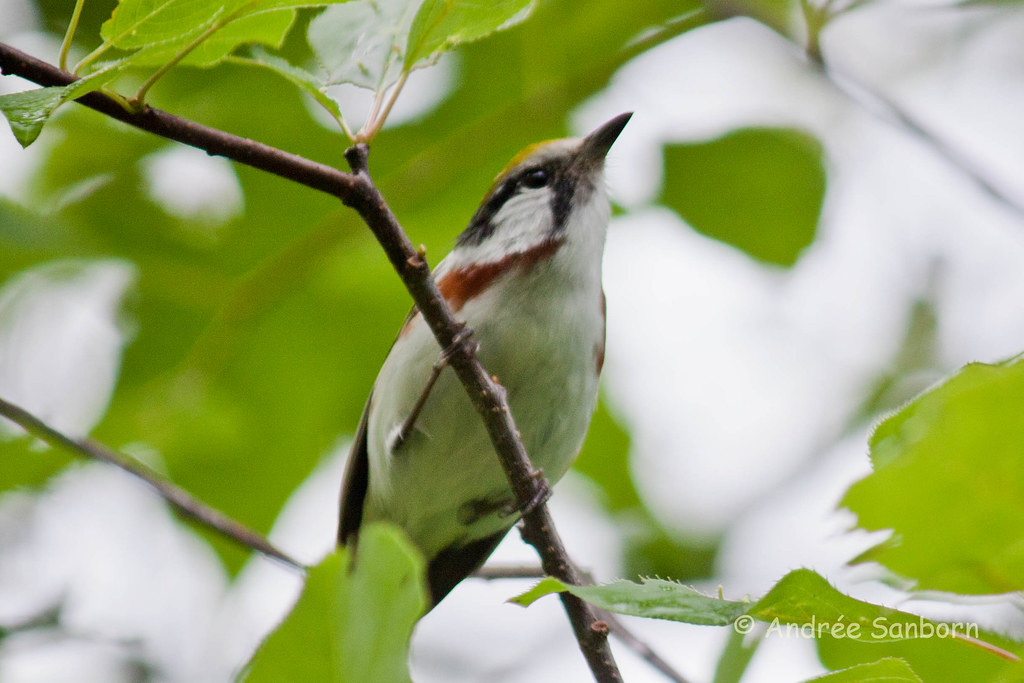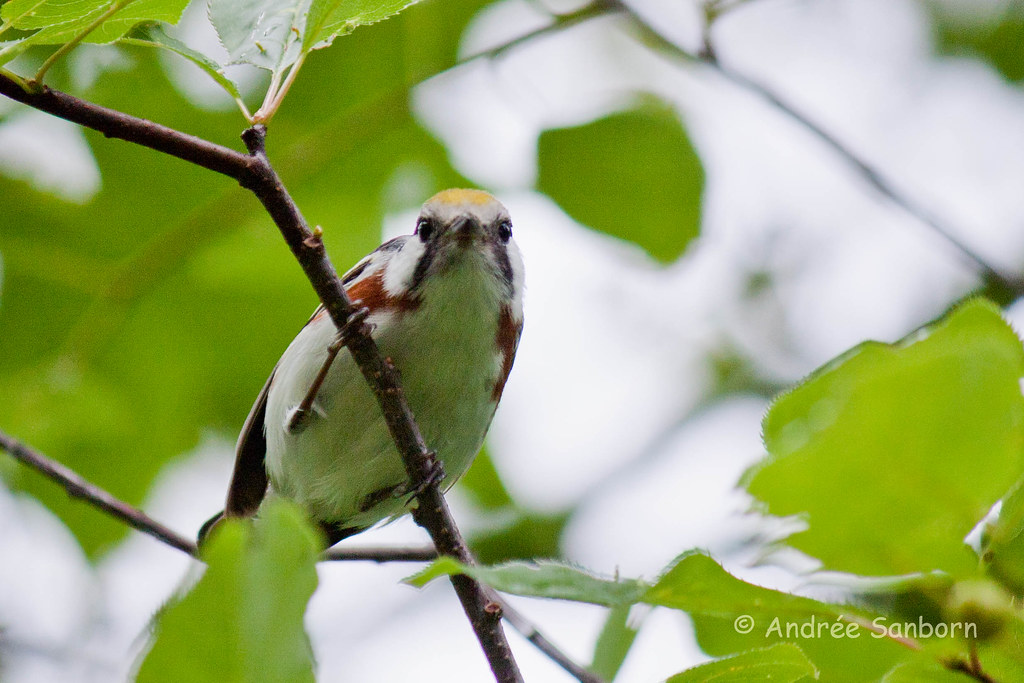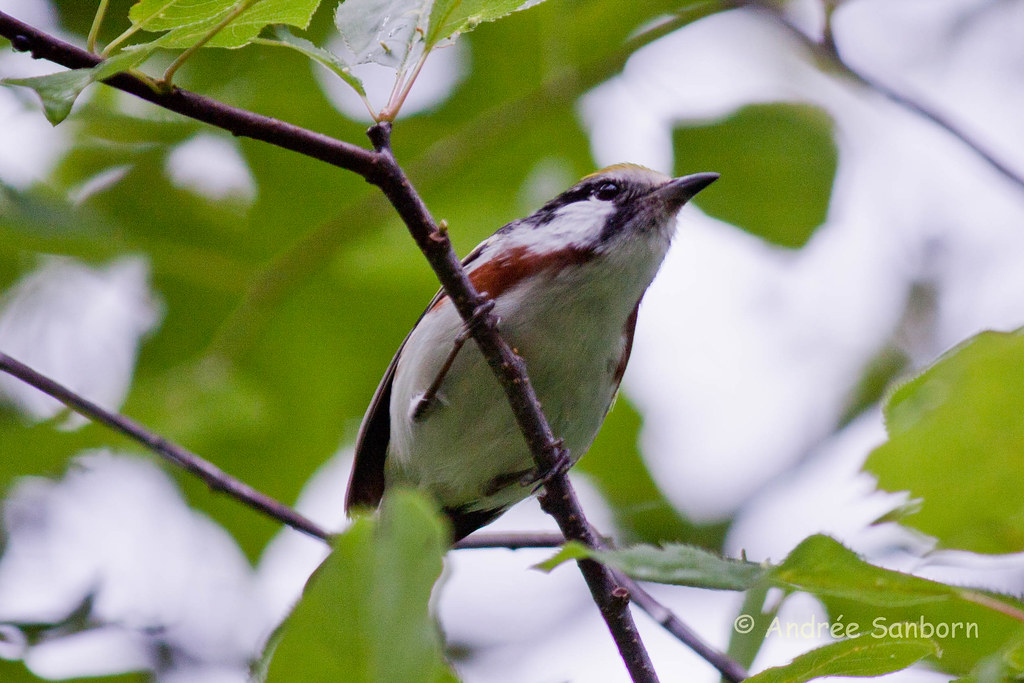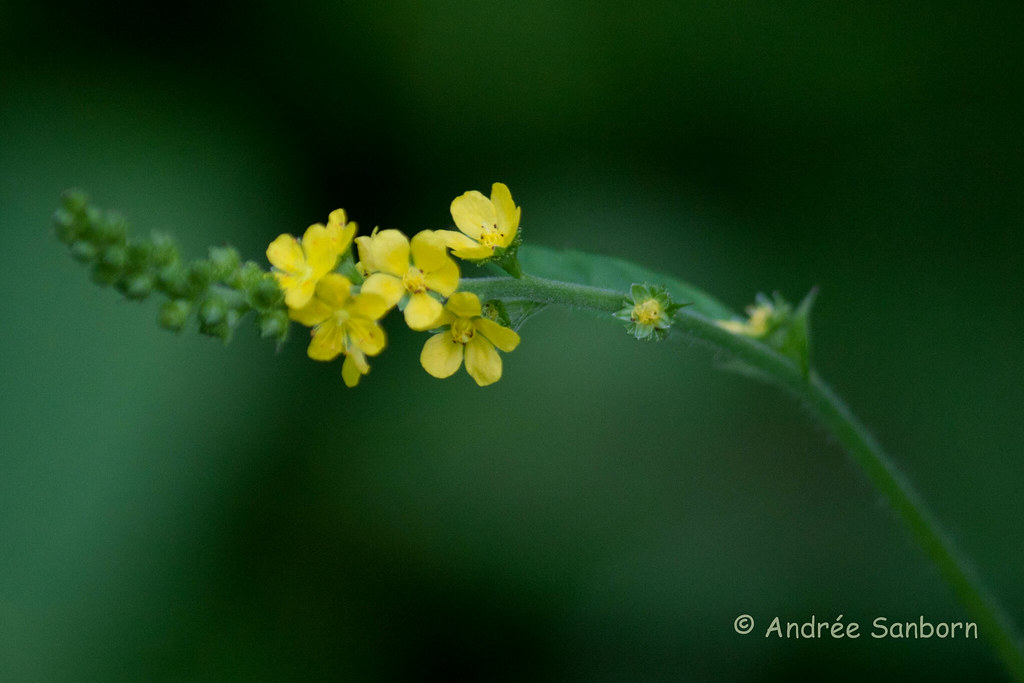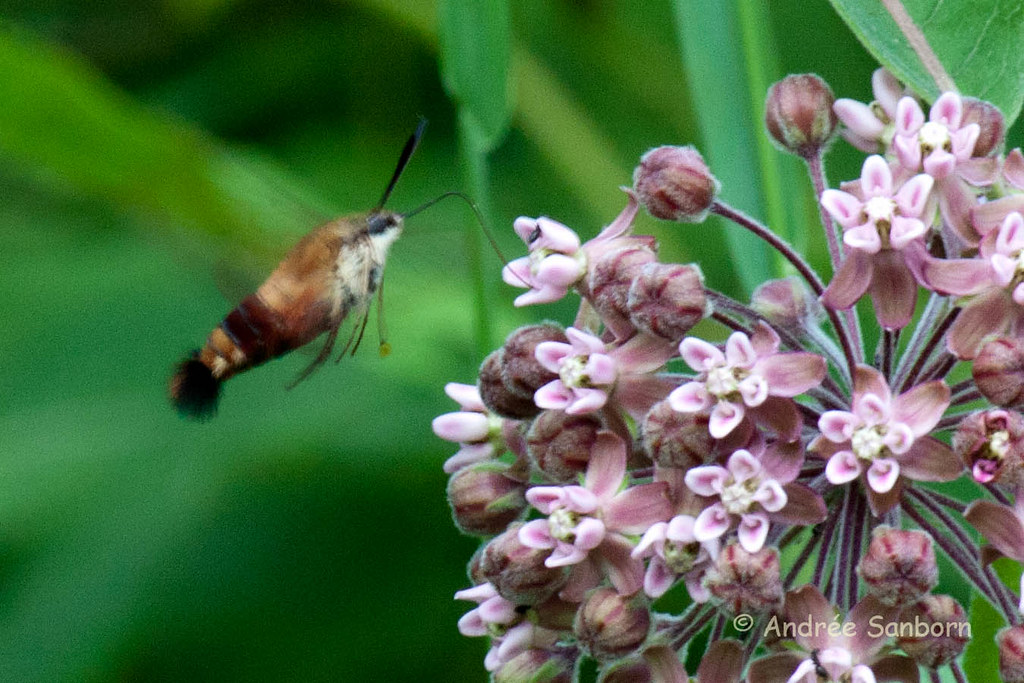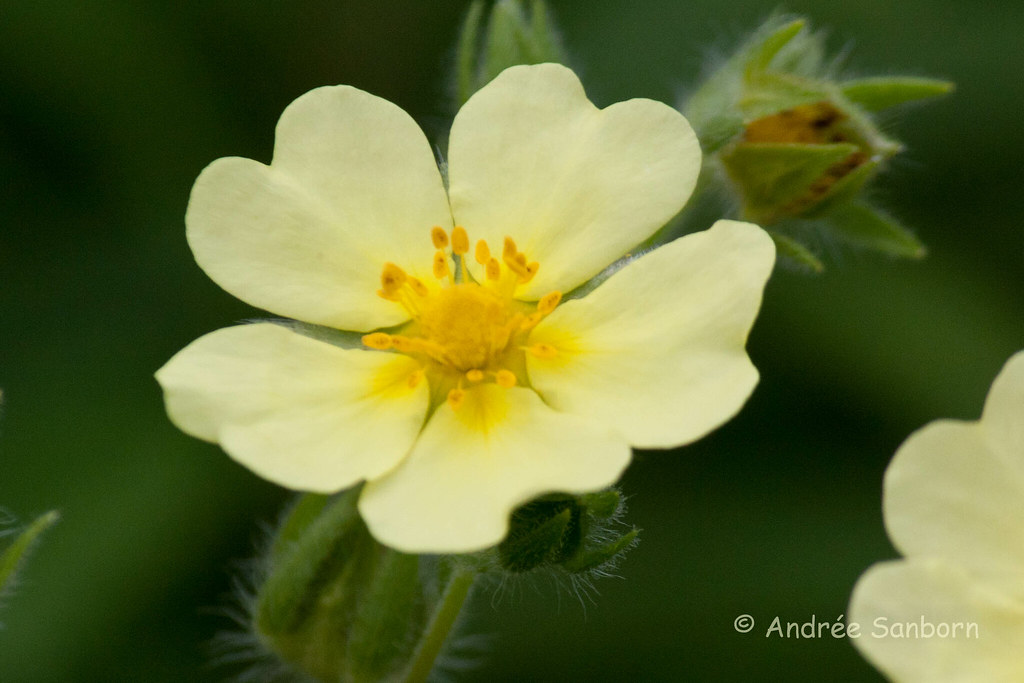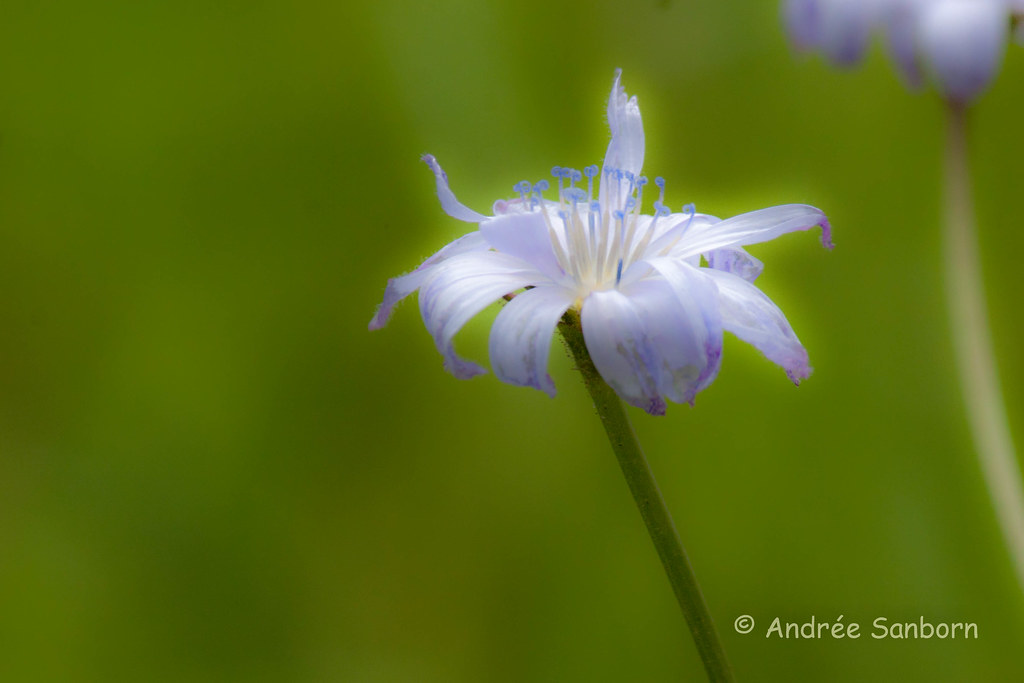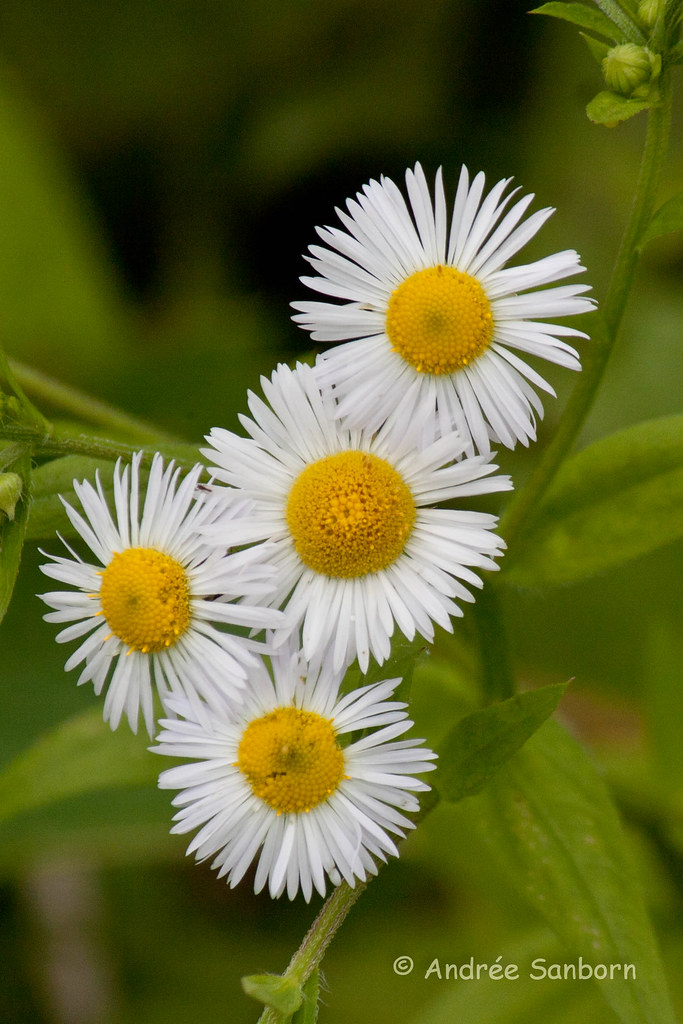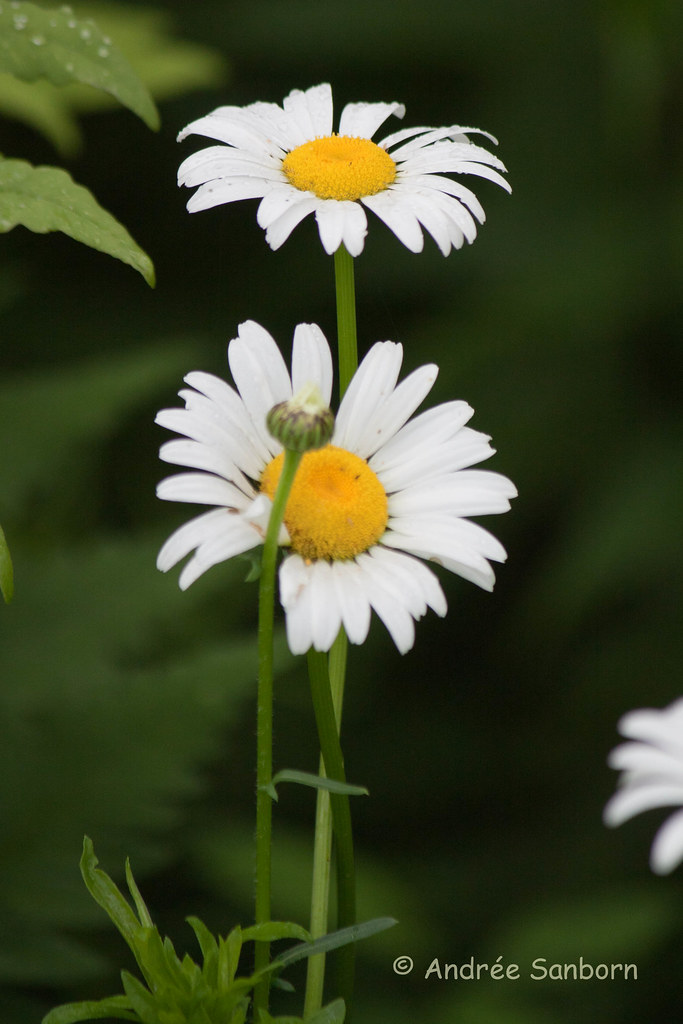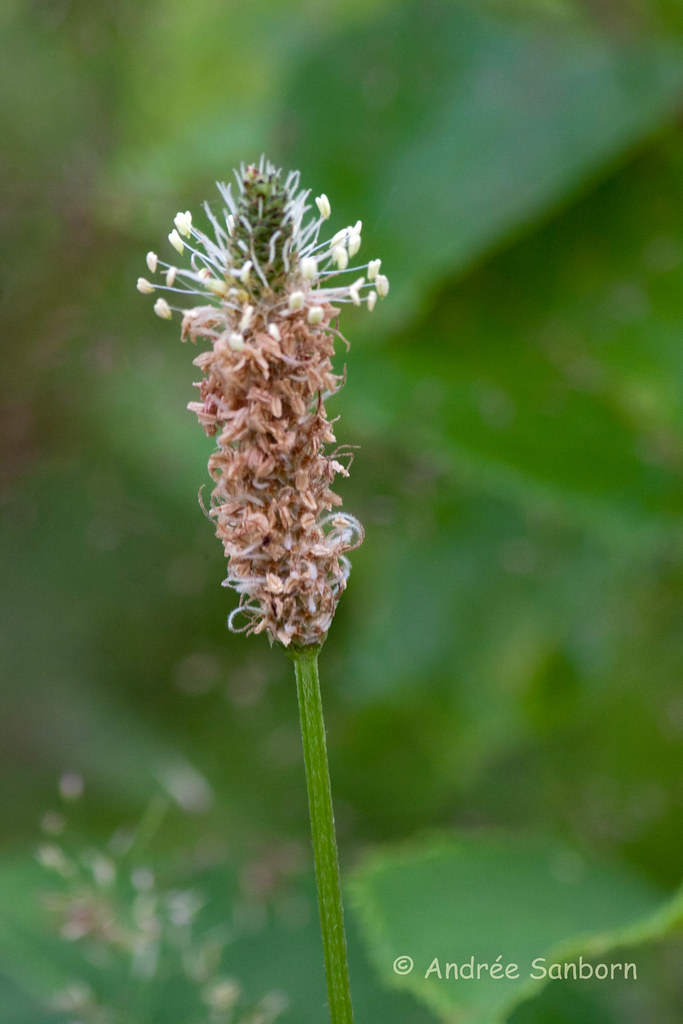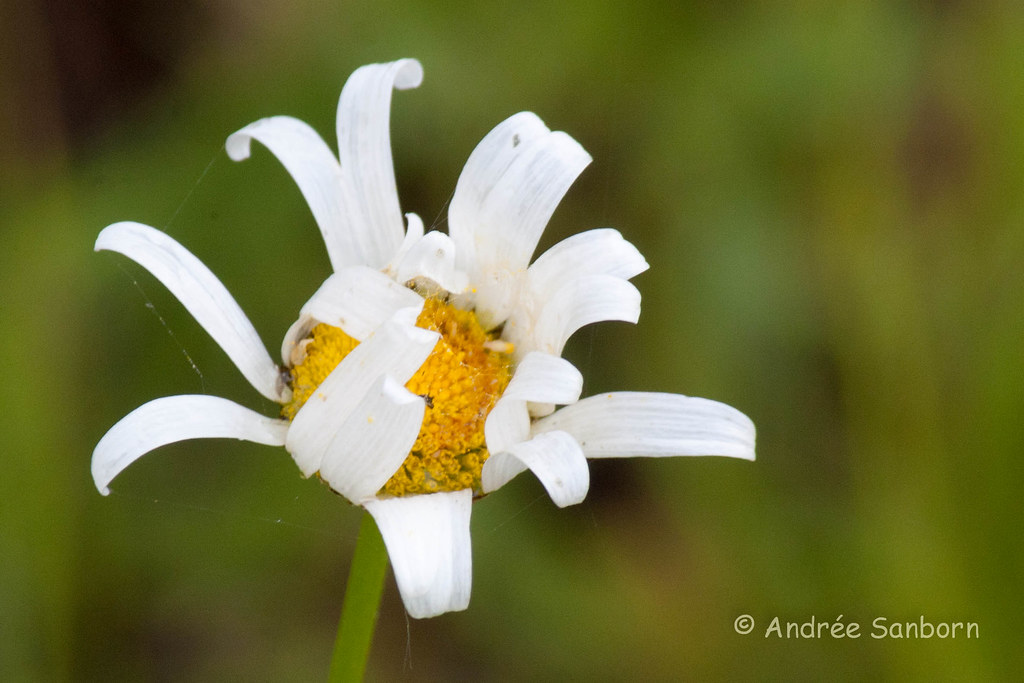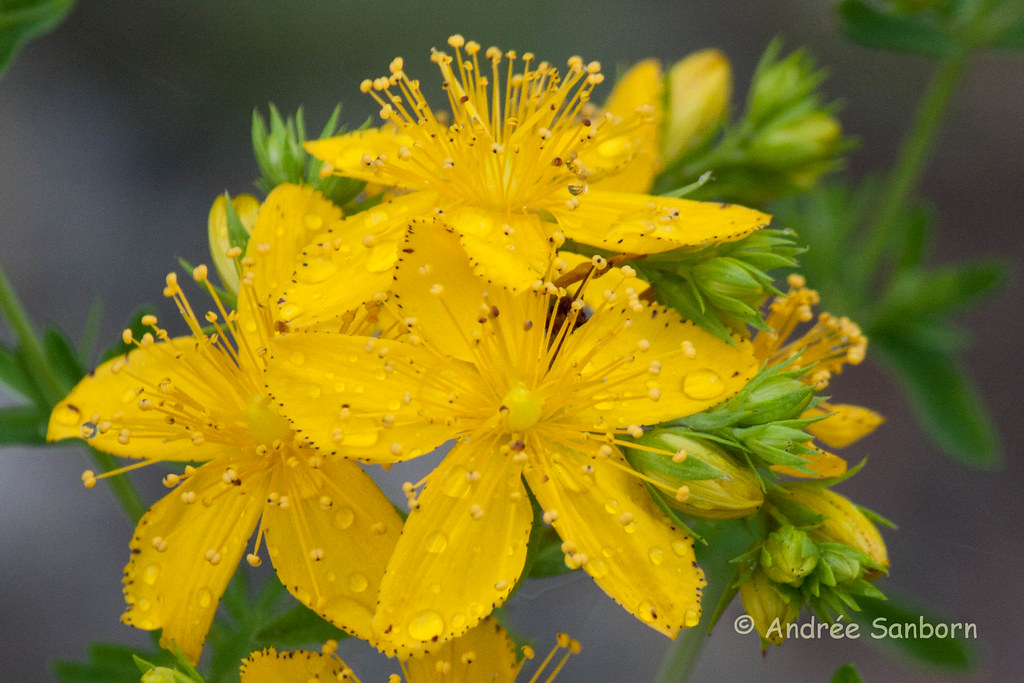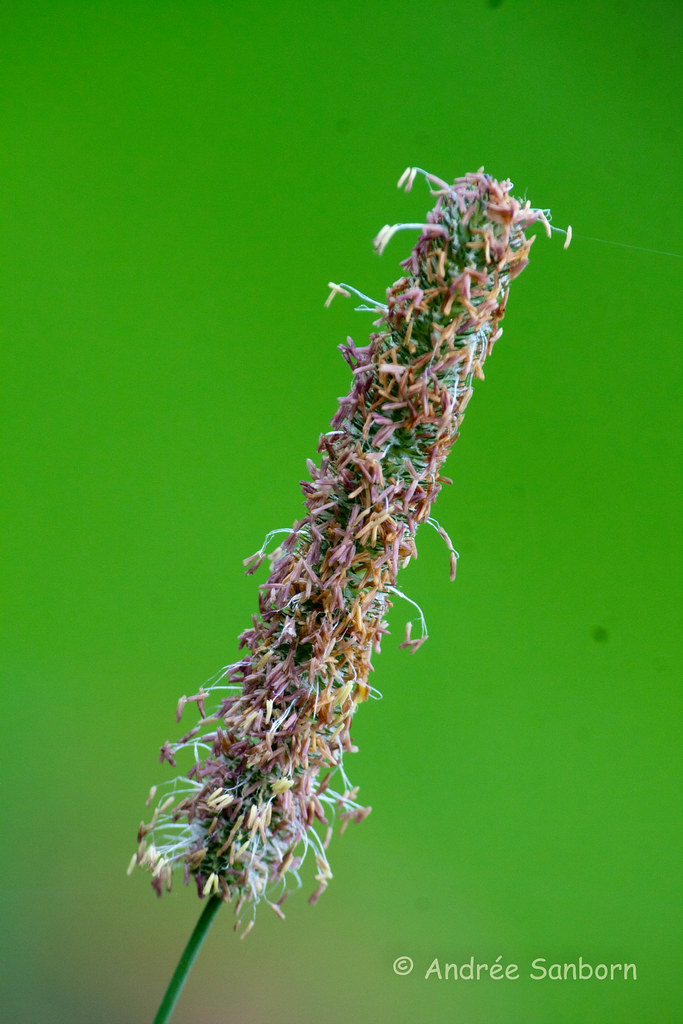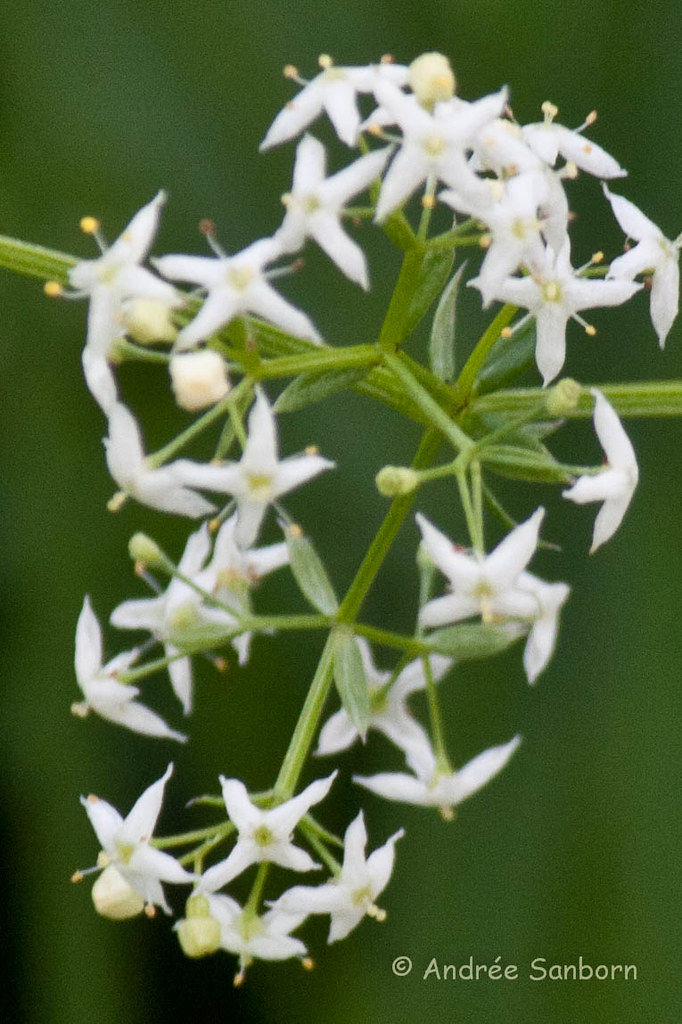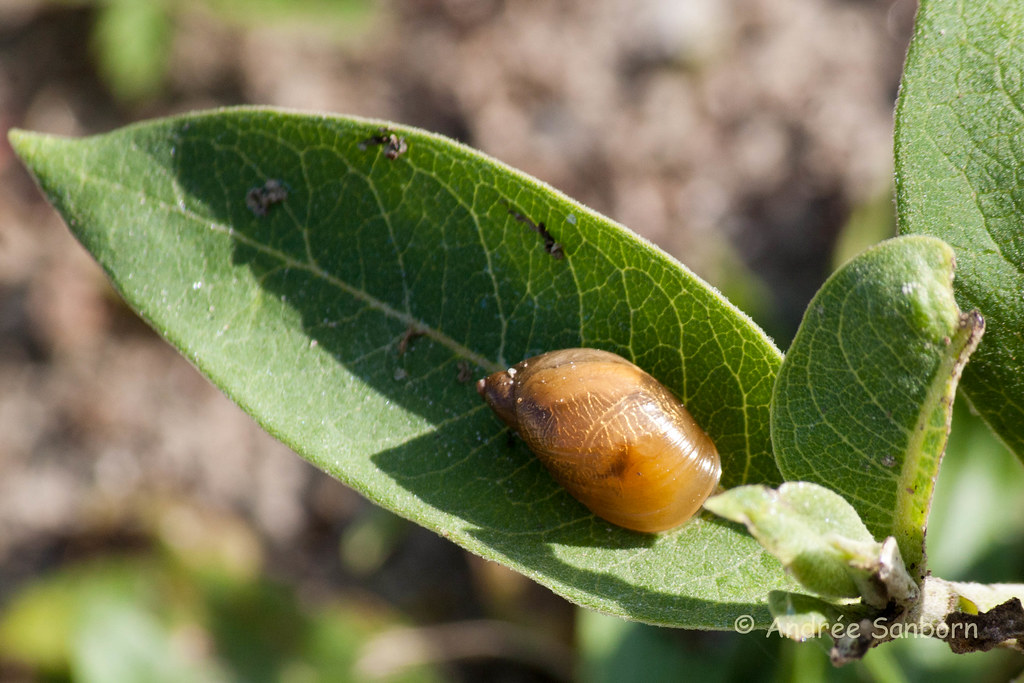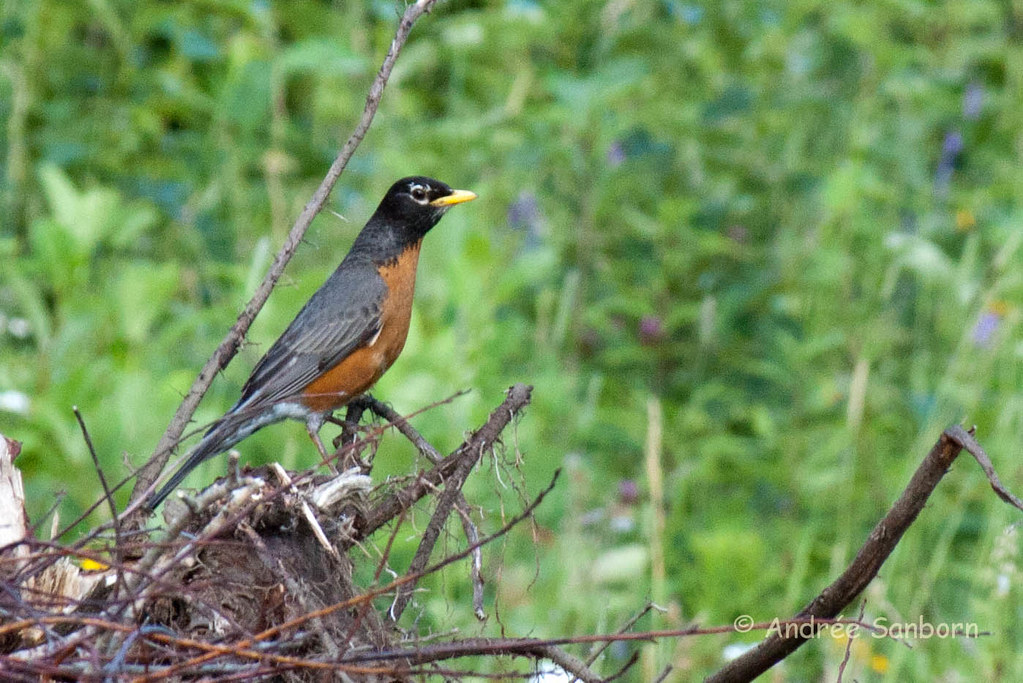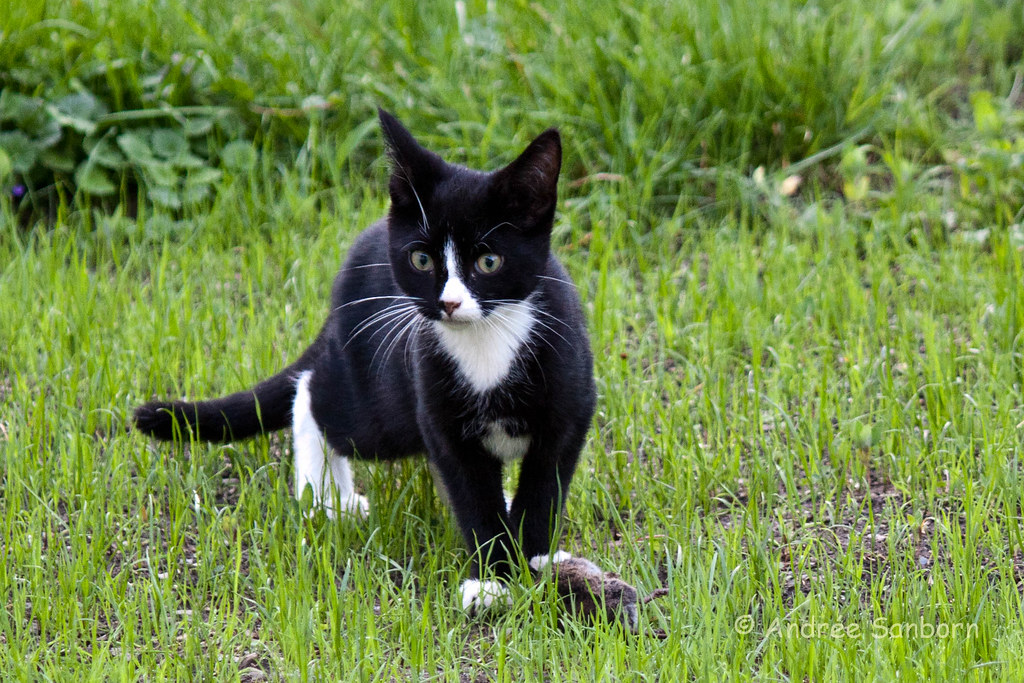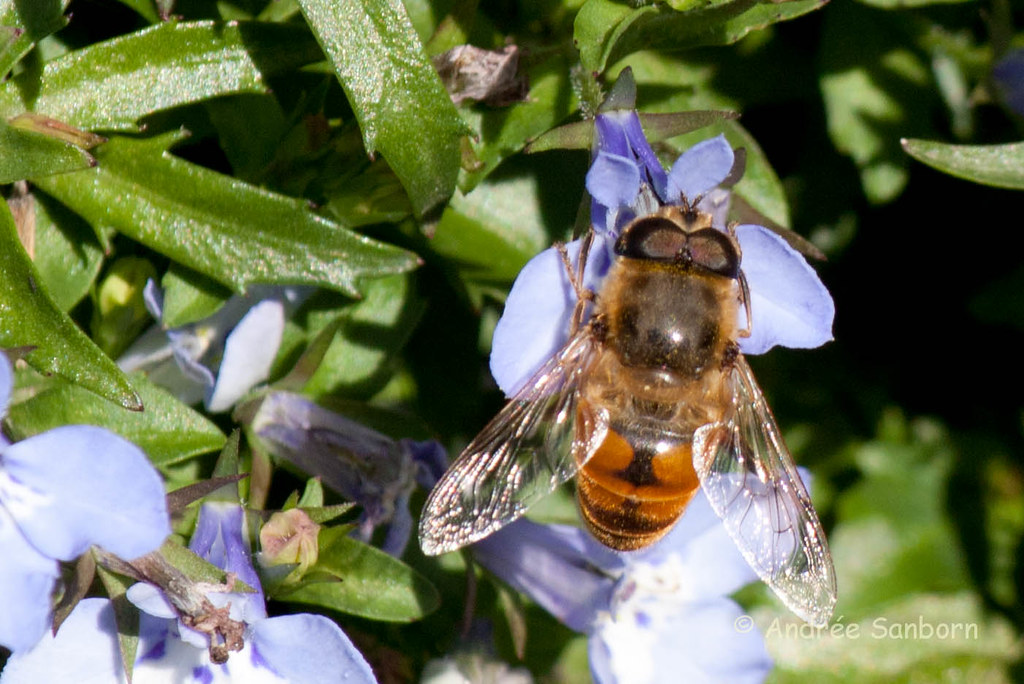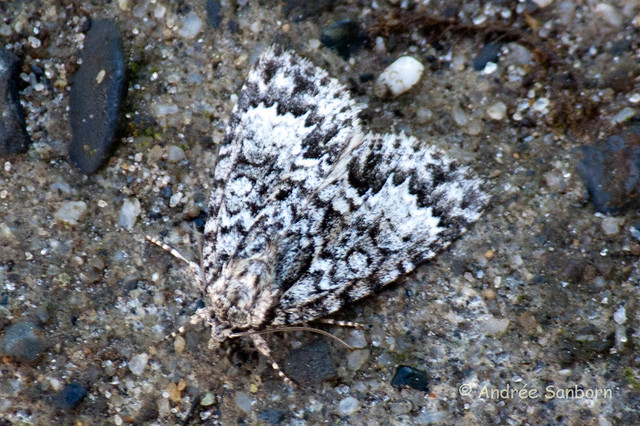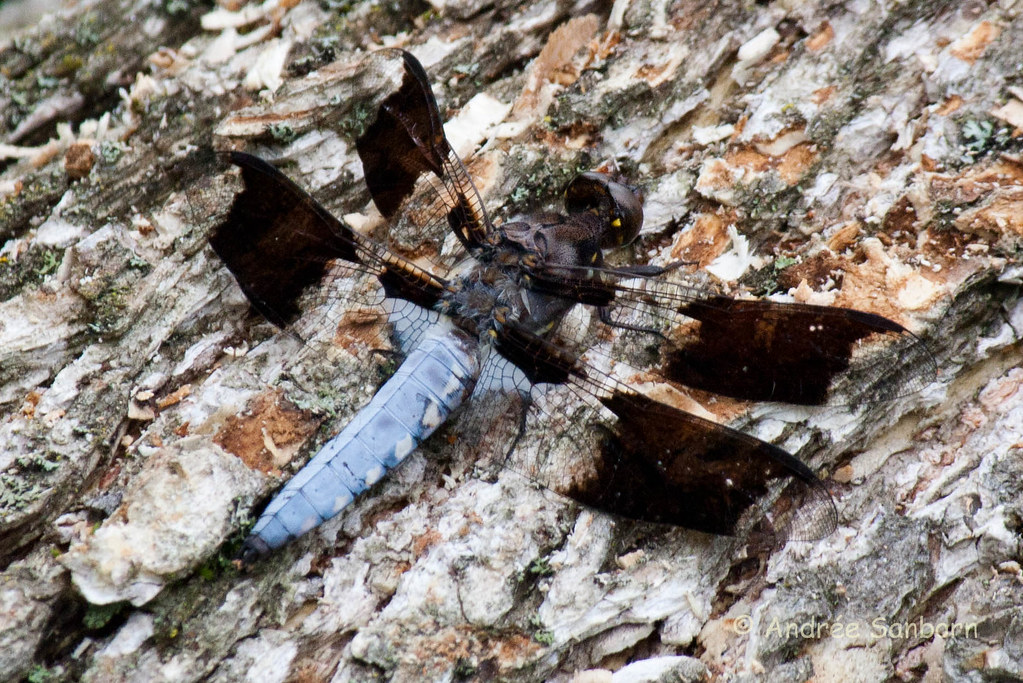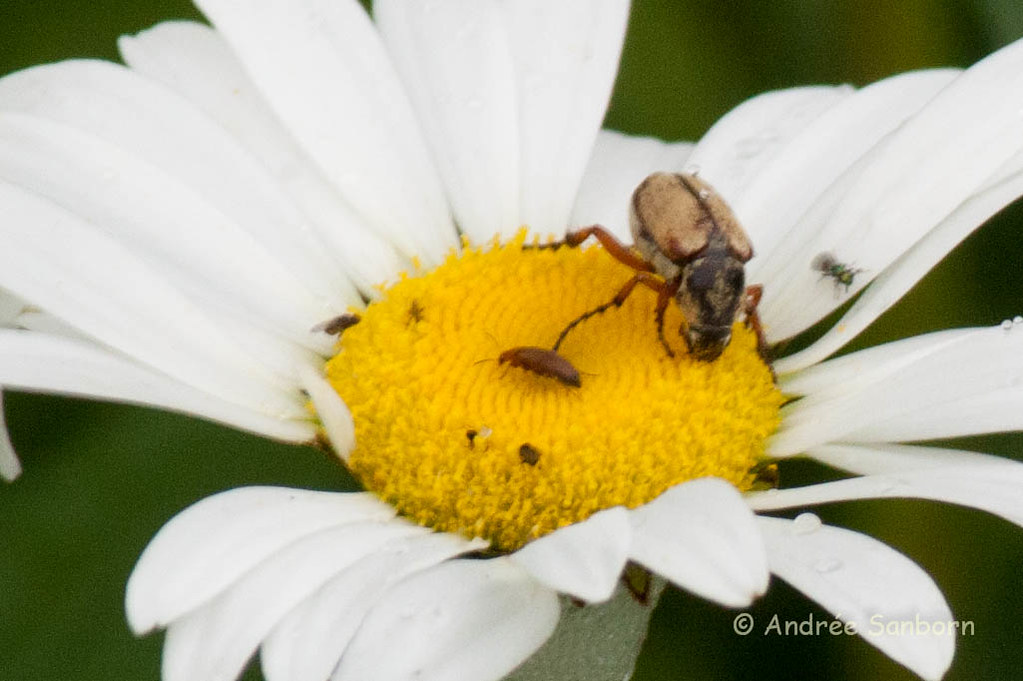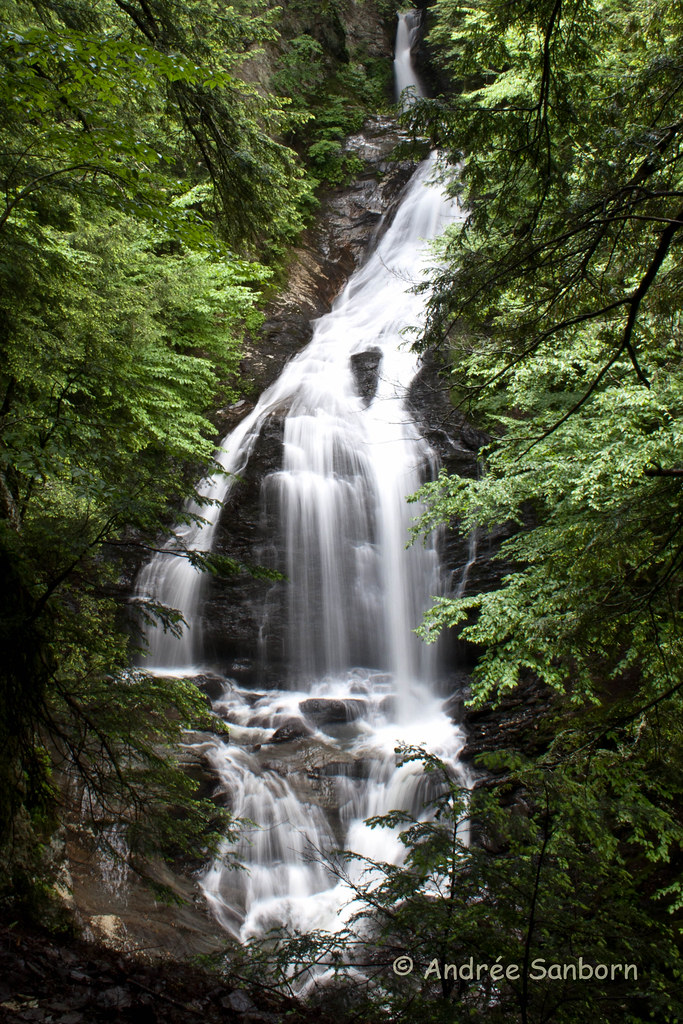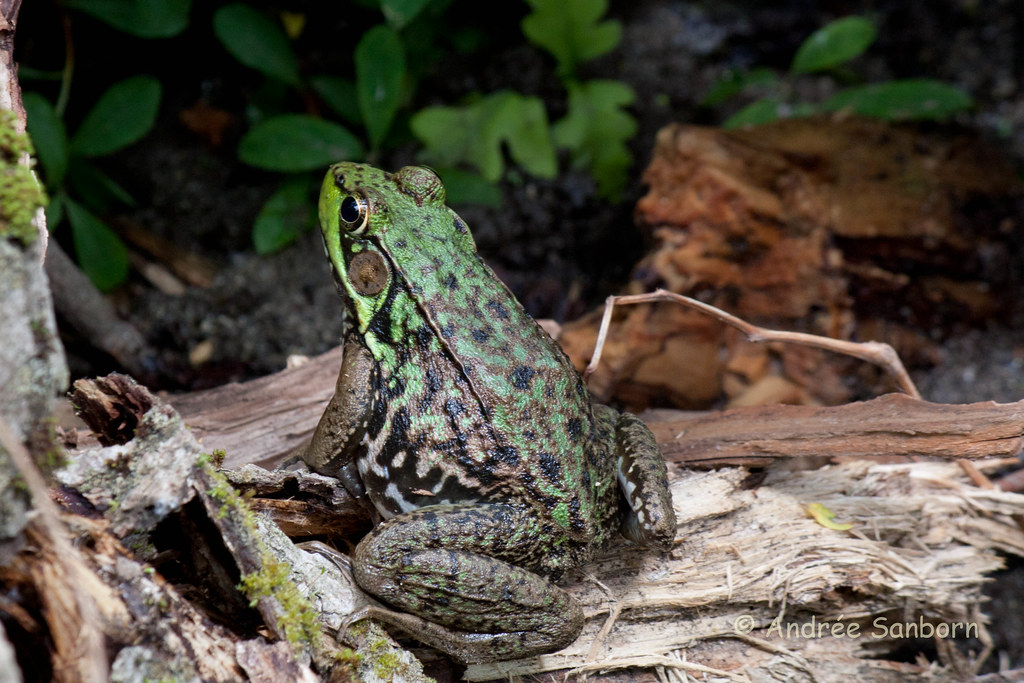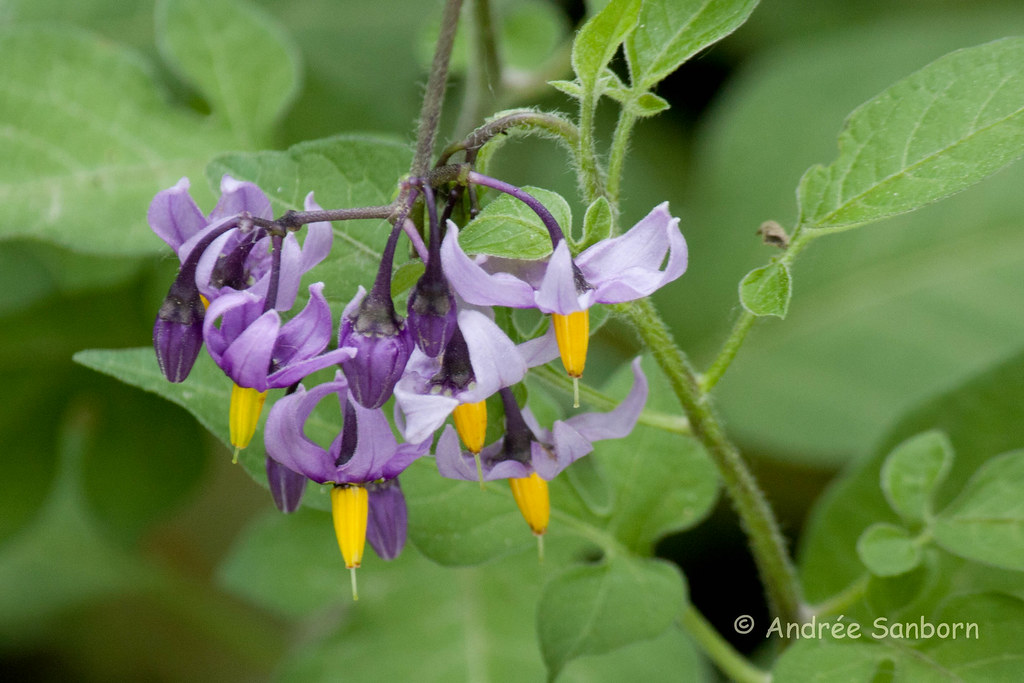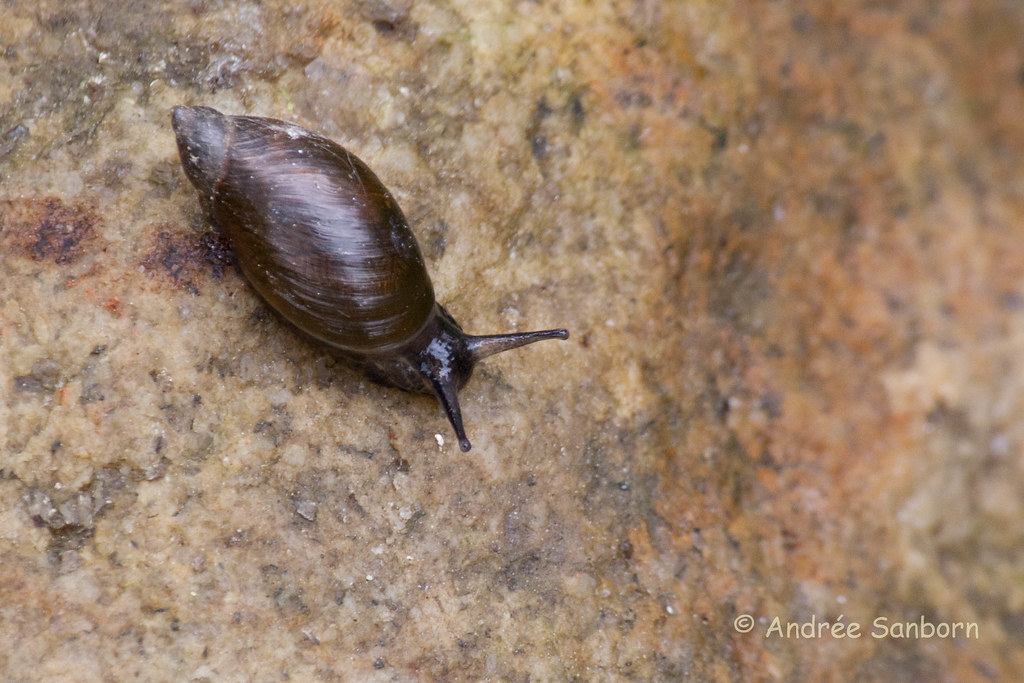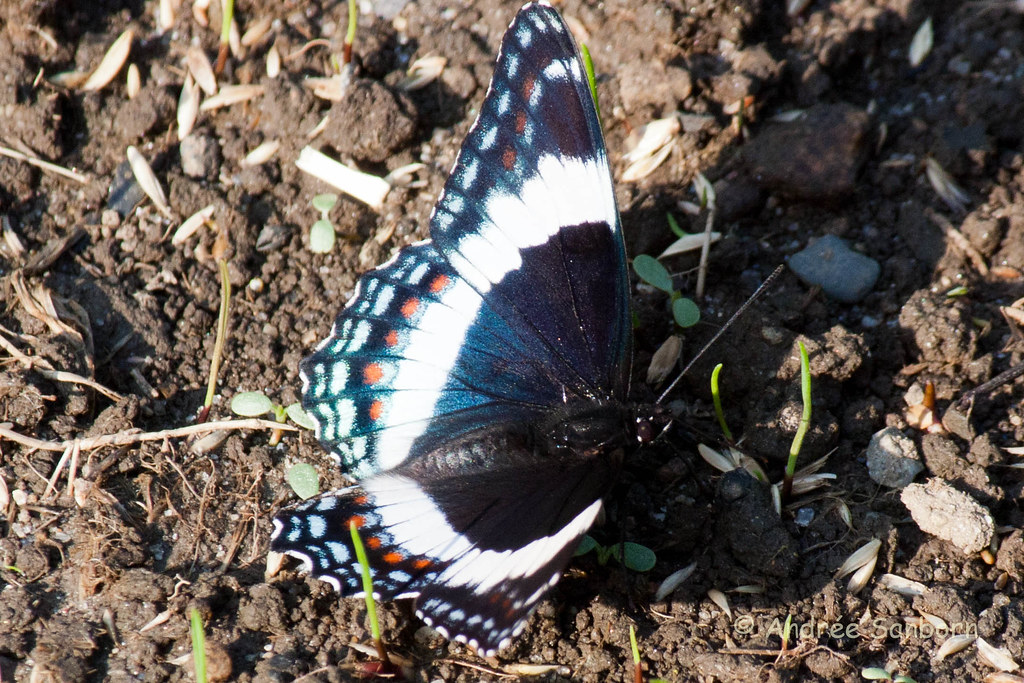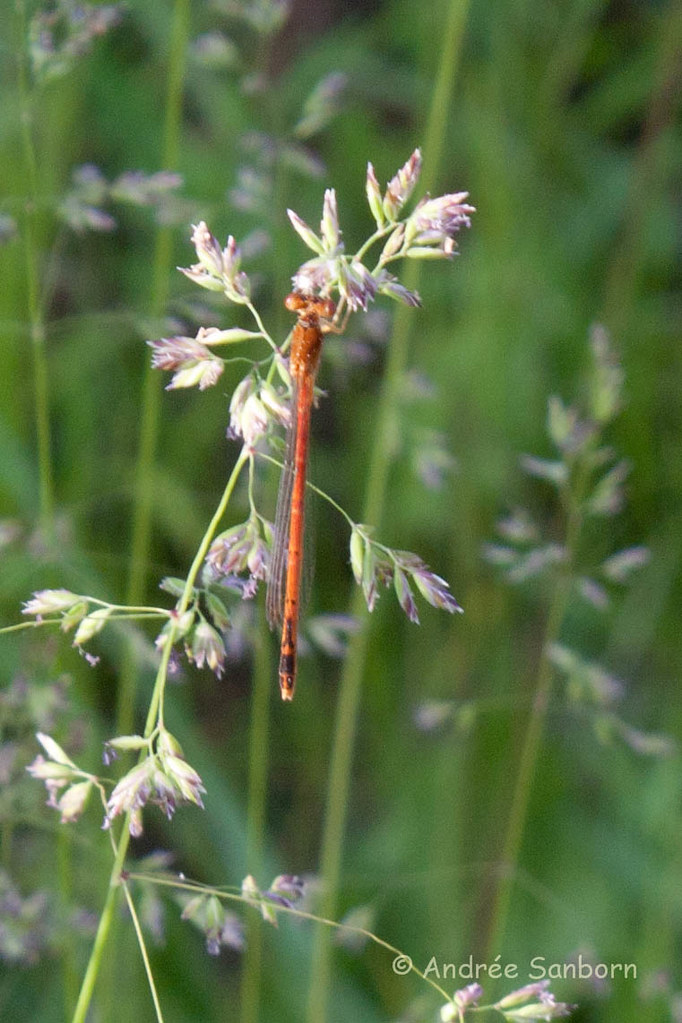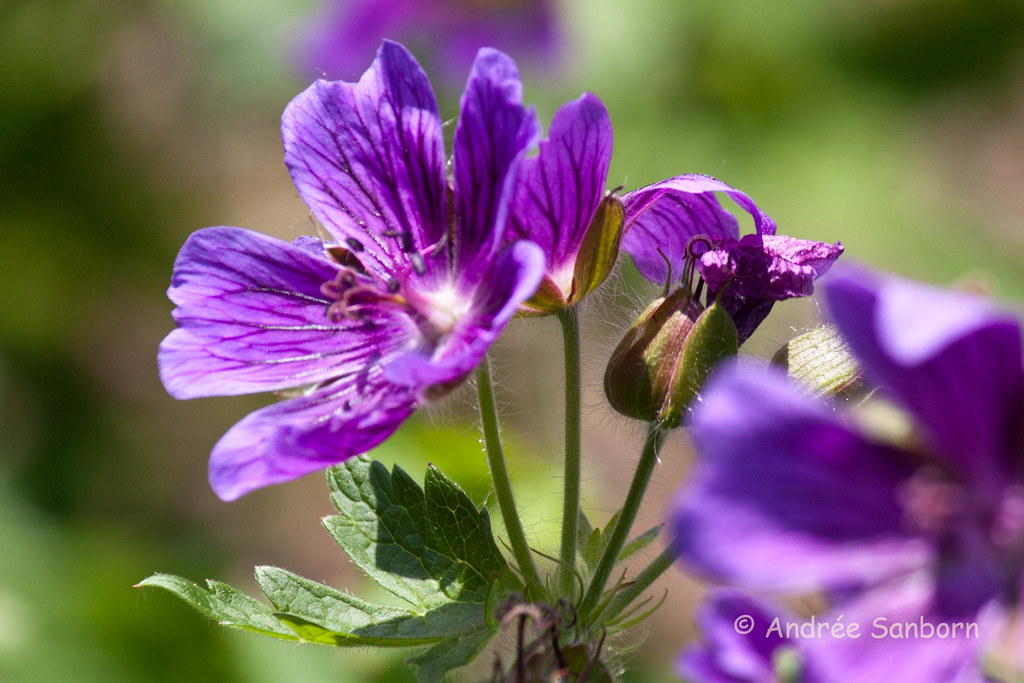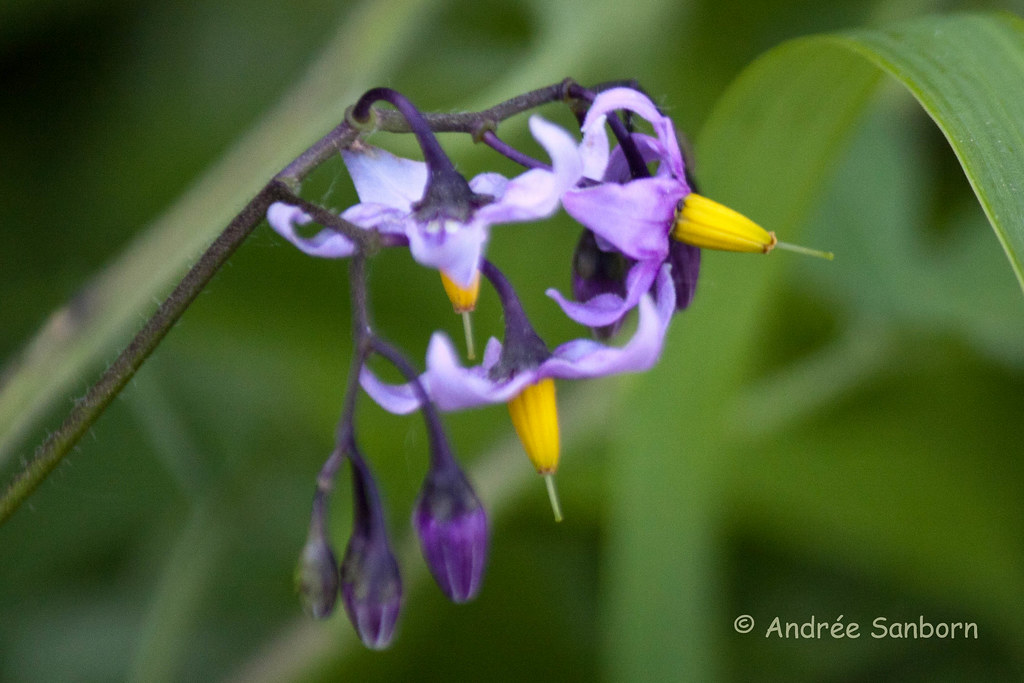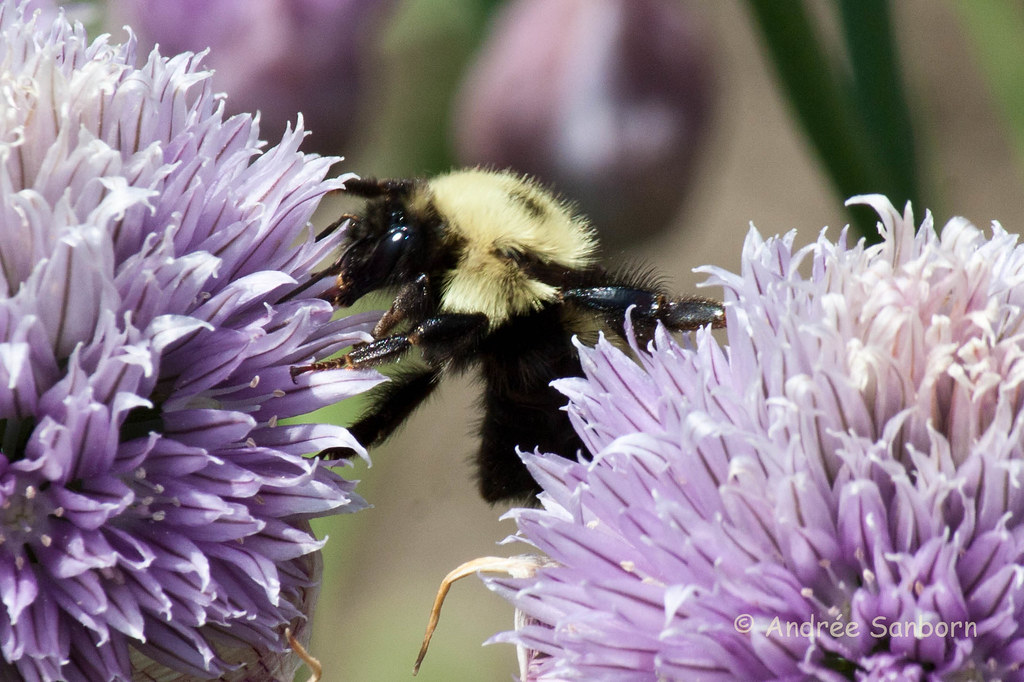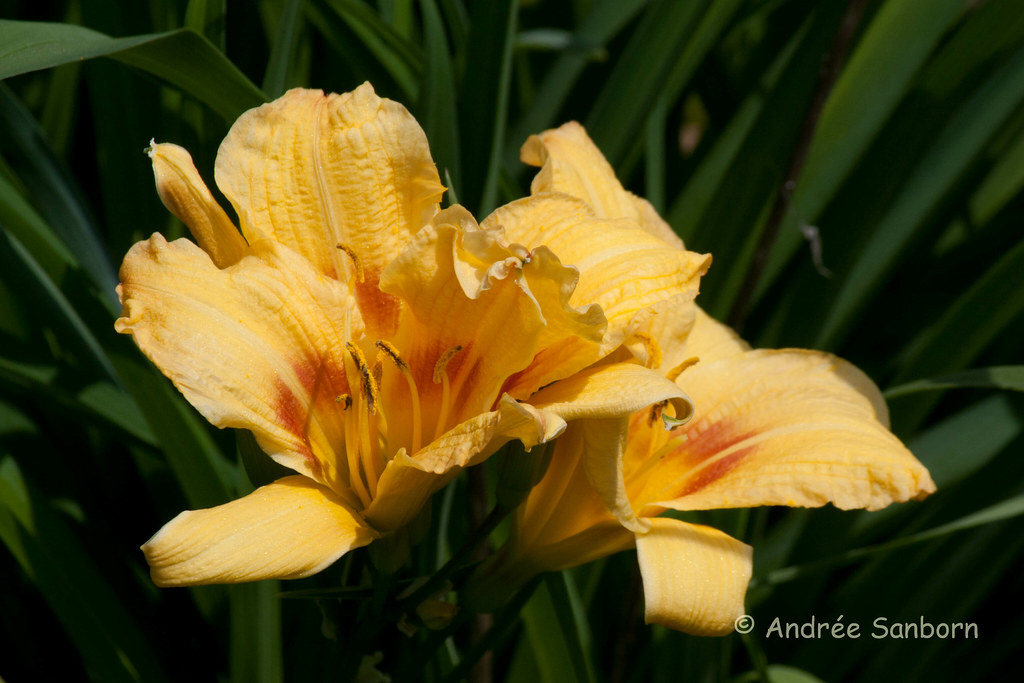_/\_/\_
Sunday, July 31, 2011
Red Milkweed Beetle
Saturday, July 30, 2011
Chestnut-sided Warbler
In order to teach Oscar the Kitten, I include him on our daily morning bird walks. It used to be only Buddy and me in the mornings, and now it is Buddy, me, Oscar and usually Possum. This summer we have had a very special bird follow us in the woods — a Chestnut-sided Warbler. This little bird goes with us everywhere around the upper apple orchard, just inside the woods. It makes a chipping sound. It doesn't seem to be a frightened alarm, just a notification to the others that cats are near. The warbler makes bird photography very easy to do: sit on a log and shoot! The only problem is the lighting. I now try to time my walks with the sun in that part of the woods so that I don't get too much sunlight in the leaves. These are a few of my favorite shots from July 3, 2011.
_/\_/\_
Friday, July 29, 2011
Thursday, July 28, 2011
American Toad
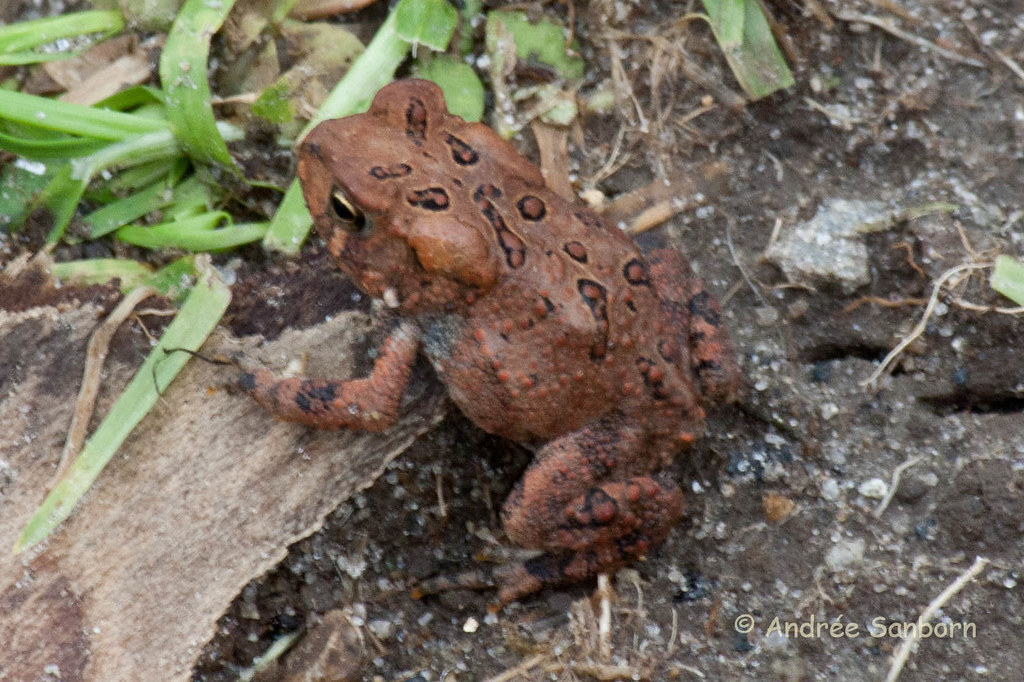
Anaxyrus americanus
May 29, 2011
_/\_/\_
Rough-fruited Cinquefoil
_/\_/\_
Chicory
_/\_/\_
Wednesday, July 27, 2011
Watchful Chickadee
_/\_/\_
Daisy Fleabane
_/\_/\_
Tuesday, July 26, 2011
Ox-eye Daisy II
_/\_/\_
Monday, July 25, 2011
Old Ox-eye Daisy
_/\_/\_
Sunday, July 24, 2011
Northern Bedstraw
_/\_/\_
Saturday, July 23, 2011
Land Snail Identification
There is a gentleman in British Columbia who helped me partially identify my land snails (see my Flickr Land Snail Set here). His mollus.ca site is about Canadian snails. Since Canada is 20 miles away and I have never been able to find any help in the US, I e-mailed him about my snails (what’s in Canada probably is here, also, right?). Apparently, all of my snails are from the same family, Succineidae. This family of snails is also called amber snails. There is a delightful page of information about amber snails at http://www.molluscs.at/gastropoda/ter. . .
Of all native terrestrial snails, amber snails have the closest connection to water, but still they never actually live in the water, though they may live on plants growing there.
Amber snails have got a thin walled translucent shell often amber coloured, whose spire usually is very small compared to the huge apertural whorl. An amber snail's aperture rim is sharp and there is no apertural lip. In this regard, amber snails are similar to pond snails (Lymnaeidae). Between different populations there may often be extreme, even hereditary, differences in size, which sometimes makes the determination of species very difficult.
Similar to glass snails (Vitrinidae), in some exotic genera of the amber snail family there is a vitrinisation of different degrees: In those groups there are semi-slugs as well as complete slugs.
Like other pulmonate terrestrial snails, amber snails also are hermaphrodites. They become sexually mature when they have reached half their final shell size. But amber snails have got two separate sexual openings, the female one lying above the male one. Though the sperm cells mature before the egg cells, apart from mutual fertilisation, there may also be auto-fertilisation, which only serves population increase.
The native species of Succinea and Oxyloma afterwards lay about 150 eggs, from which juvenile snails hatch 1 to 2 weeks later. Amber snails may reach an age of up to 2 years, the common amber snail, Succinea putris, may even grow as old as 3.
Once again, I am foiled in my search for a rare species! But land snails are fascinating to photograph.
_/\_/\_
Friday, July 22, 2011
American Robin
_/\_/\_
Thursday, July 21, 2011
Musk Mallow
_/\_/\_
Wednesday, July 20, 2011
Green Bottle Fly on Milkweed
_/\_/\_
Tuesday, July 19, 2011
Monday, July 18, 2011
Drone Fly
Drone flies are bee mimics. You can tell that they are not bees because:
- they have only 2 wings, not 4 like bees
- they do not have pollen sacks on their legs
- their eyes are fly eyes
- they hover; bees do not.
- the flies have stubby antennae (see the two tiny ones in the photo that look like a inequality sign pointing down (< pointing down)) on the front of their head.
Dozens of these flies cover my lobelia pot every day. The kitten tries to catch them all the time but never gets stung. Drone flies are harmless and do not sting. All About Hover Flies is a good article if you would like more information.
_/\_/\_
Black Zigzag Moth
_/\_/\_
Sunday, July 17, 2011
Canadian Serviceberry
I am worried that I have tagged all of the Canadian Serviceberry photos as pin cherry. I have to inspect hundreds of photos now. The flowers are very similar. The serviceberry, which John is very familiar with, is everywhere now. If the birds haven't eaten them. We have one brush of it that was stripped in twenty-four hours by birds. This shrub is also called juneberry, shadblow, shadblow serviceberry, shadbush, shadbush serviceberry, sugarplum, thicket serviceberry, currant tree, and, my favorite, chuckleberry.
_/\_/\_
Saturday, July 16, 2011
Ox-eye Daisy Bugs
_/\_/\_
Tuesday, July 12, 2011
Moss Glen Falls
Monday, July 11, 2011
A Magnificent Green Frog
After never seeing these guys here for nearly a decade, we suddenly saw many in the apple orchard where the stream floods the trees. I'm very proud of this shot.
_/\_/\_
Another Woody Nightshade
“Woody nightshade is also known as bittersweet nightshade, dulcamara, felonwood, and felonwort. In the Middle Ages the name dulcamara was written more properly as Amaradulcis, and literally means "bittersweet". Felonwood and felonwort are not as sinister as they sound; felon is not referring to criminals, but rather to whitlow, which is inflammation of the toe or finger around the nail. The berries were used to sure this problem when other methods had failed. The plant was used for many medical conditions, including dissolving blood clots (in bruises), for rheumatism, fever, and as a restorative. Farmers used it as a charm around the necks of animals they thought to be under an evil eye. Bittersweet berries are red rather than black like deadly nightshade.”
Source: www.angelfire.com/realm/shades/plants/nightshade.htm .
_/\_/\_
Saturday, July 9, 2011
Another Land Snail
If anyone knows a place that can help me identify land snails (with photos), please let me know. I have searched for days. We have a golden snail and this black snail that run about after many rainy days. The black snail is found in the woods, the golden one is everywhere.
_/\_/\_
White Admiral
_/\_/\_
Friday, July 8, 2011
Eastern Red Damselfly
_/\_/\_
Thursday, July 7, 2011
A Labour of Love Geranium
John and I paid a visit to Labour of Love Landscaping in Glover to find plants to naturalize the brook in the back yard. This is a wonderful spot to wander with a camera. We got a walking onion, many Siberian irises and some other things, and I got many photographs. This is a perennial geranium that I loved. The color is awesome. Be sure to drop in at Labour of Love when you're in the area. They have many that you read about from the old days but never can seem to find.
_/\_/\_
Tuesday, July 5, 2011
Pink Yarrow
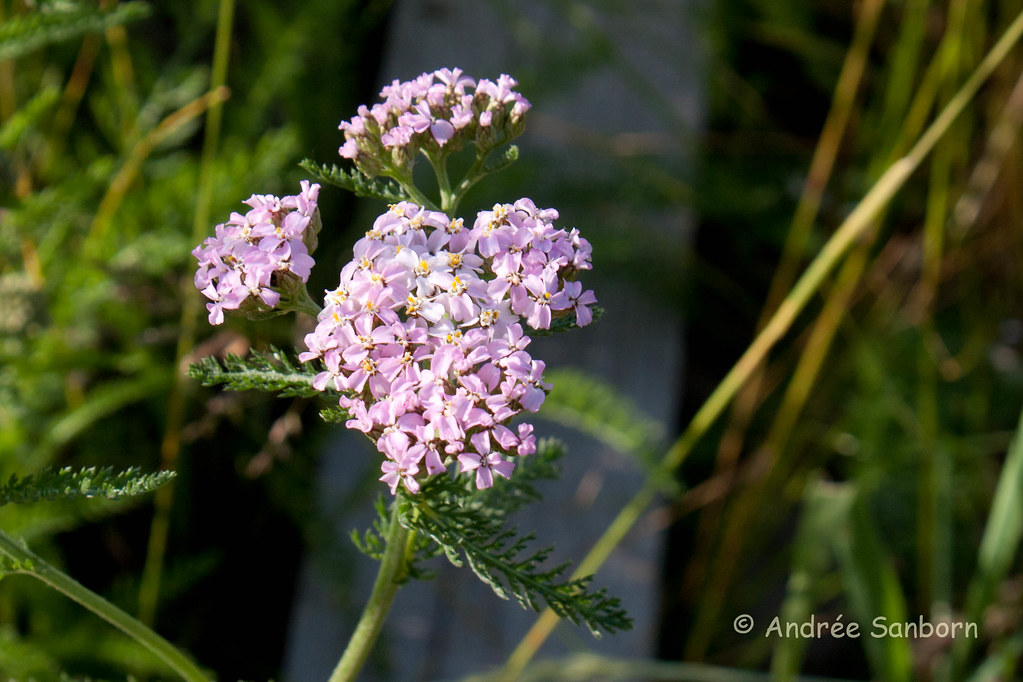
Achillea millefolium var. rosea
_/\_/\_
Monday, July 4, 2011
Woody Nightshade
_/\_/\_
